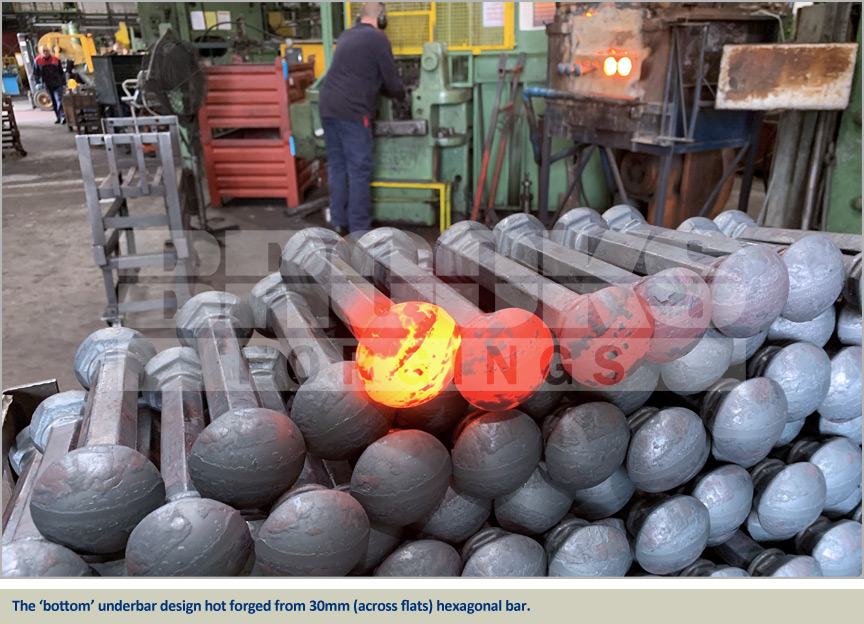Brooks Forgings specialise in the replication of decorative heritage ironwork components. By using a combination of physical original samples, photographs, and the latest digital design software we can create new tooling and reproduce components that are faithful to the original.
This service is common for many heritage restoration projects, replacing lost or damaged components, but is also used for modern builds or expansion projects that must incorporate ironwork designs used in the local area.
The Jewellery Quarter Cemeteries Project is the latest to utilise our heritage replication services. Funded through a partnership by The National Lottery Heritage Fund, Birmingham City Council, and the Jewellery Quarter Development Trust, the £2.3 million restoration project focuses on the Key Hill and Warstone Lane cemeteries. Both are listed on the Historic England Register of Parks and Gardens in recognition of their historic importance.





The client provided us with two physical samples, one for the main ‘top’ railhead design and another for the ‘bottom’ underbar design. Our skilled engineers meticulously reverse-engineered those samples, recreating them in a digital format using the latest CAD software.

From here, 3D printed plastic samples were produced for customer approval against the original design, and forging simulation performed to ensure that the unique hexagonal bar transitioned correctly into the railhead design.


A total of 2600 railheads were forged directly onto hexagon bar in varying lengths from 1395mm up to 1930mm underhead. The smaller underbar design, 115mm tall, was manufactured in 2350 quantity total.




